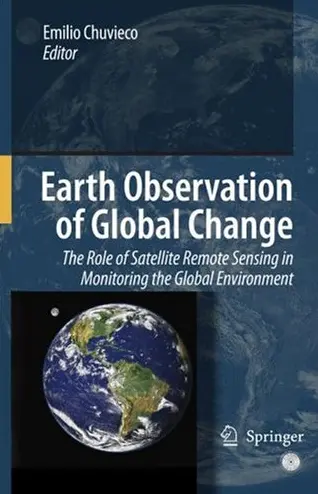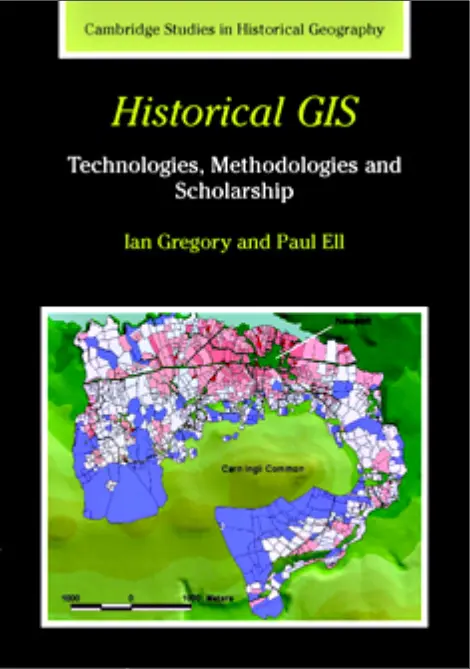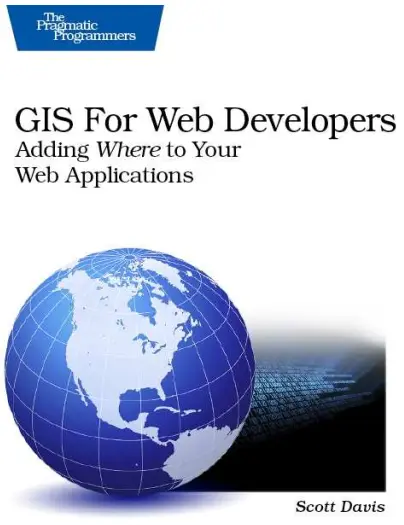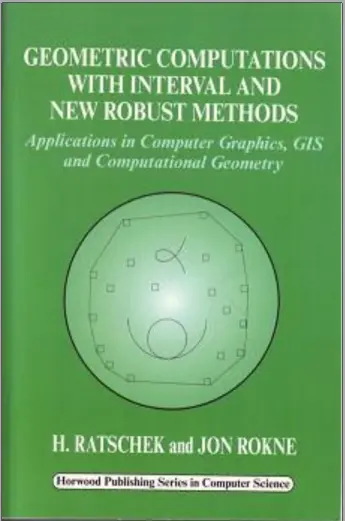GIS-Based Studies in the Humanities and Social Sciences
📍 GIS-Based Studies in the Humanities and Social Sciences – Mapping Meaning, Memory, and Society
“GIS-Based Studies in the Humanities and Social Sciences” explores the powerful intersection of geospatial technology and the human experience. This thought-provoking book highlights how Geographic Information Systems (GIS) are being used to study history, language, literature, sociology, anthropology, and cultural geography.
It goes beyond roads and boundaries — diving into how place, memory, migration, and identity can be visualized and analyzed using spatial methods. The book features case studies and methodologies that bring humanities into the age of geospatial insight.
What it covers:
- 📜 Historical GIS for mapping past events and movements
- 🏛️ Spatial analysis in archaeology and cultural landscapes
- 🌍 Mapping language, religion, and social patterns
- 🧭 Spatial storytelling using narrative maps and timelines
- 📊 Integrating qualitative data with GIS layers
Perfect for:
- 🎓 Students and scholars of humanities and social sciences
- 🗺️ GIS professionals exploring new interdisciplinary domains
- 🏙️ Urban planners and anthropologists mapping social trends
- 📖 Anyone passionate about using maps to tell human stories
This book proves that maps aren't just tools — they're narratives. With GIS, we can visualize not just space, but also culture, memory, and meaning.
Keywords: Humanities GIS, Social Science Mapping, Historical GIS, Cultural Geography, Story Maps, Spatial Humanities, Archaeology GIS, Migration Mapping, GIS and Society, Interdisciplinary GIS







comments
Leave a Reply
Your email address will not be published. Required fields are marked *